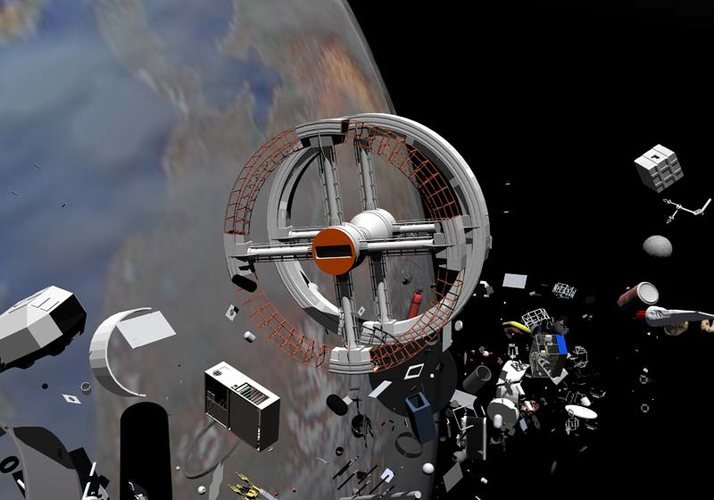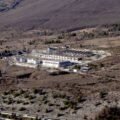A Chinese science satellite narrowly avoided a potentially catastrophic collision with debris from an exploded Russian satellite earlier this week. Part of a Russian anti-satellite missile test last November that drew worldwide condemnation, the same field of space junk recently forced the crew of the ISS to take cover to avoid a catastrophic collision of their own.
BACKGROUND: RUSSIA BECOMING THE MAD DOG OF SPACE
After the ISS-near miss, authorities from around the globe condemned Russia for the reckless testing of their anti-satellite missile, which took a previously defunct satellite and blasted it into as many as 1,500 individual pieces. This test also took place in Low Earth Orbit, where the ISS shares space with thousands of commercial and government satellites, many of which now face increased danger from potential debris collisions.
The Debrief previously reported on the fallout from the Russian missile test, noting that some are starting to refer to the former Soviet state as “the Mad Dog of Space.”
Now, China has spoken out about Russia’s recklessness as well, noting that they have hundreds of satellites at this same orbit that are now under constant threat due to the huge amount of extra space junk created by Russia’s missile test.
ANALYSIS: PROBABLILITY OF SPACE JUNK COLLISION WAS VERY HIGH
According to a report from the South China Morning Post (SCMP), “the extremely dangerous encounter took place on Tuesday when the Tsinghua Science Satellite missed a piece of debris by 14.5 metres.” While most near misses occur at a few kilometers distance, this one was critically close to impacting the Chinese satellite.
“The two got a little closer with each orbit,” said Liu Jing, deputy director of the CNSA debris centre and a space debris expert in the SCMP report. “By the night of January 18, the two were at their closest. It was very risky, and the probability of the two colliding was very high.”
“If there is any debris approaching, our satellites need to be notified quickly and do some manoeuvres in advance to avoid it, which is the most practical approach at the moment,” added Liu.
According to a separate report from spacepolicyonline.com, NASA ISS program director Robyn Gatens told a NASA advisory committee earlier this week that the risk of space junk penetrating the ISS had doubled, “from one in 50,000 orbits before Russia’s test to one in 25,000-33,000 orbits.” For reference, the ISS orbits Earth about 6,000 times a year.
OUTLOOK: MORE SPACE JUNK, MORE SPACE PROBLEMS
With the space around Earth becoming increasingly crowded, the chance of collisions is only expected to rise. One researcher recently postulated that so much material is being launched each year that Earth may one day create its own Saturn-like ring, only made of pure space junk.
Of course, there is no assurance that Russia won’t make more unwise moves like they did last November that put other nation’s assets in danger (as well as their own ISS cosmonauts). But as much as they may enjoy playing cat and mouse with the U.S. military, even Russia may think twice before making an enemy of their largest neighbor in China, a country with bold space plans of its own, including the construction of a several miles-wide space station that would dwarf the ISS.
Follow and connect with author Christopher Plain on Twitter: @plain_fiction

